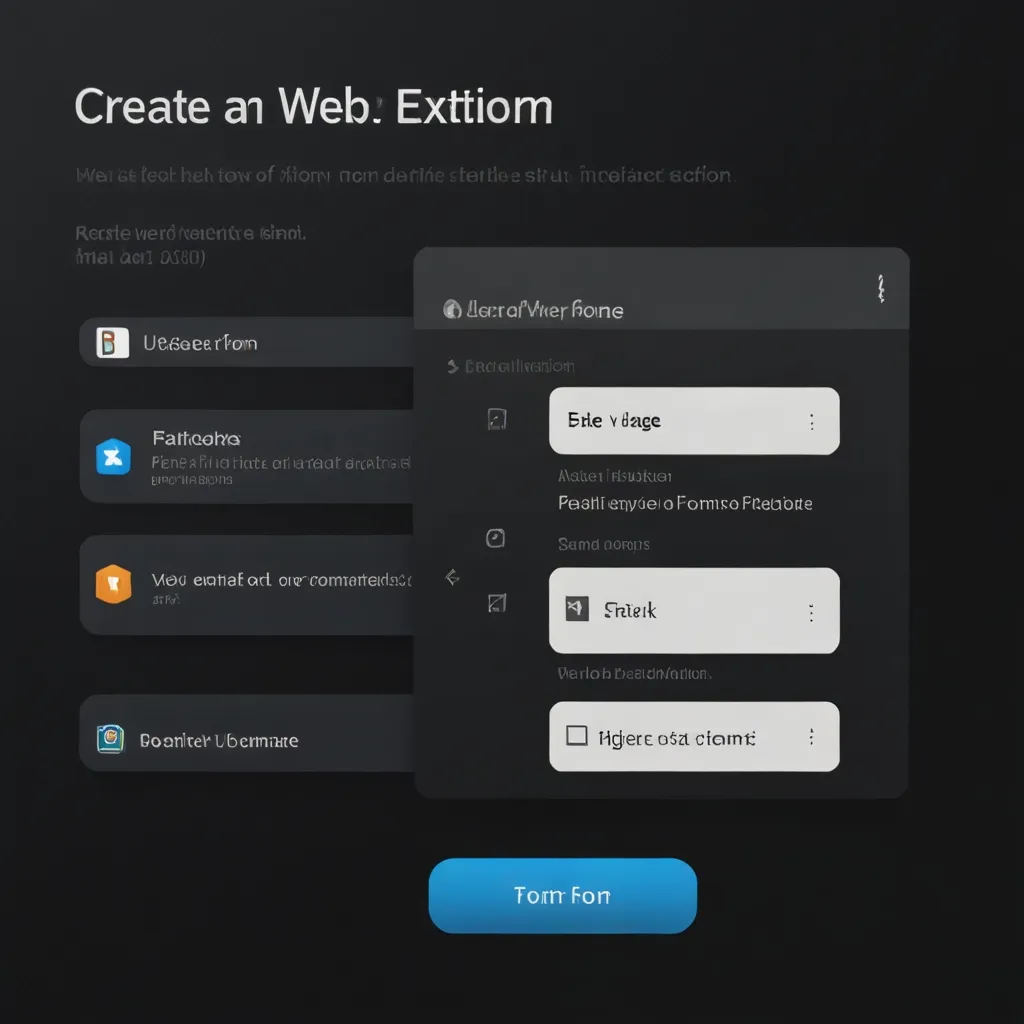Python has become a powerhouse for data streaming applications, offering a rich ecosystem of libraries that cater to various streaming needs. I’ve extensively worked with several of these libraries, and I’m excited to share my insights on six top-notch Python libraries for data streaming.
Apache Kafka stands out as a robust solution for building real-time data pipelines and streaming applications. Its Python client allows seamless integration into Python projects. I’ve found Kafka particularly useful for handling high-throughput, fault-tolerant systems. Here’s a simple example of how to produce messages to a Kafka topic:
from kafka import KafkaProducer
producer = KafkaProducer(bootstrap_servers=['localhost:9092'])
producer.send('my_topic', b'Hello, Kafka!')
producer.flush()
And here’s how you might consume messages:
from kafka import KafkaConsumer
consumer = KafkaConsumer('my_topic', bootstrap_servers=['localhost:9092'])
for message in consumer:
print(message.value)
Faust is another impressive library that leverages Python’s async capabilities for high-performance stream processing. It’s built on top of asyncio and provides a clean, intuitive API. I’ve used Faust for projects requiring real-time event processing. Here’s a simple Faust application:
import faust
app = faust.App('myapp', broker='kafka://localhost:9092')
topic = app.topic('my_topic')
@app.agent(topic)
async def process(stream):
async for event in stream:
print(f'Received: {event}')
if __name__ == '__main__':
app.main()
PySpark Streaming, part of the Apache Spark ecosystem, is a powerful tool for processing live data streams. It integrates seamlessly with other Spark components, making it ideal for large-scale data processing tasks. Here’s a basic PySpark Streaming example:
from pyspark import SparkContext
from pyspark.streaming import StreamingContext
sc = SparkContext("local[2]", "StreamingApp")
ssc = StreamingContext(sc, 1)
lines = ssc.socketTextStream("localhost", 9999)
words = lines.flatMap(lambda line: line.split(" "))
pairs = words.map(lambda word: (word, 1))
word_counts = pairs.reduceByKey(lambda x, y: x + y)
word_counts.pprint()
ssc.start()
ssc.awaitTermination()
RxPY, the Python implementation of Reactive Extensions, provides tools for composing asynchronous and event-based programs. It’s particularly useful for handling complex event streams. Here’s a simple RxPY example:
import rx
from rx import operators as ops
source = rx.of("Hello", "World", "RxPY")
source.pipe(
ops.map(lambda s: len(s)),
ops.filter(lambda i: i >= 5)
).subscribe(print)
Streamz offers a framework for building streaming pipelines, making it easier to process continuous data streams in real-time. I’ve found Streamz particularly useful for projects requiring custom streaming logic. Here’s a basic Streamz example:
from streamz import Stream
def print_item(x):
print(x)
source = Stream()
source.map(lambda x: x * 2).sink(print_item)
for i in range(5):
source.emit(i)
PyFlink, the Python API for Apache Flink, provides tools for building scalable stream processing applications. It’s particularly powerful for stateful computations over data streams. Here’s a simple PyFlink example:
from pyflink.datastream import StreamExecutionEnvironment
from pyflink.table import StreamTableEnvironment, EnvironmentSettings
env = StreamExecutionEnvironment.get_execution_environment()
settings = EnvironmentSettings.new_instance().in_streaming_mode().use_blink_planner().build()
t_env = StreamTableEnvironment.create(env, environment_settings=settings)
t_env.execute_sql("""
CREATE TABLE source_table (
id BIGINT,
data STRING
) WITH (
'connector' = 'datagen',
'rows-per-second' = '5'
)
""")
t_env.execute_sql("""
CREATE TABLE sink_table (
id BIGINT,
data STRING
) WITH (
'connector' = 'print'
)
""")
t_env.execute_sql("""
INSERT INTO sink_table
SELECT id, data
FROM source_table
WHERE id % 2 = 0
""").wait()
These libraries offer diverse approaches to data streaming, each with its unique strengths. Apache Kafka excels in building distributed systems, while Faust leverages Python’s async capabilities for high performance. PySpark Streaming integrates well with the broader Spark ecosystem, making it suitable for large-scale data processing tasks.
RxPY shines in handling complex event streams and composing asynchronous programs. Streamz provides a flexible framework for custom streaming pipelines, and PyFlink offers powerful tools for stateful computations over data streams.
When choosing a library for your project, consider factors like scalability requirements, integration needs, and the specific nature of your data streams. Apache Kafka might be the best choice for building robust, distributed streaming systems, while Faust could be ideal for high-performance, Python-centric applications.
For projects that need to process large volumes of data across a cluster, PySpark Streaming could be the way to go. If you’re dealing with complex event streams and need fine-grained control over event handling, RxPY might be your best bet.
Streamz is excellent for building custom streaming pipelines, especially when you need to implement specific streaming logic. PyFlink, on the other hand, is particularly useful for applications requiring stateful computations over data streams.
In my experience, the choice often depends on the specific requirements of the project and the existing technology stack. I’ve found that starting with a simple prototype using each library can help in making the final decision.
It’s worth noting that these libraries are not mutually exclusive. In many projects, I’ve used a combination of these tools to leverage their respective strengths. For instance, you might use Kafka for data ingestion, process the data with Faust, and then use PySpark for large-scale batch processing of the results.
As you delve into these libraries, you’ll discover that each has its learning curve. Kafka, for example, requires understanding its distributed nature and concepts like topics and partitions. Faust demands familiarity with Python’s async programming model. PySpark Streaming necessitates knowledge of Spark’s broader ecosystem.
RxPY introduces reactive programming concepts that might be new to many developers. Streamz requires understanding its pipeline model, while PyFlink involves learning Flink’s stateful computations model.
However, the investment in learning these libraries pays off in the long run. They provide powerful tools for handling real-time data streams, enabling you to build scalable, efficient, and robust streaming applications.
As data continues to grow in volume and velocity, the ability to process streaming data effectively becomes increasingly crucial. These Python libraries equip developers with the tools they need to tackle this challenge head-on.
In conclusion, Python’s ecosystem for data streaming is rich and diverse, offering solutions for a wide range of streaming needs. Whether you’re building a real-time analytics platform, processing IoT sensor data, or creating a reactive user interface, these libraries provide the building blocks you need.
As you explore these libraries, remember that the best choice depends on your specific use case. Don’t hesitate to experiment with different options to find the one that best fits your needs. Happy streaming!






